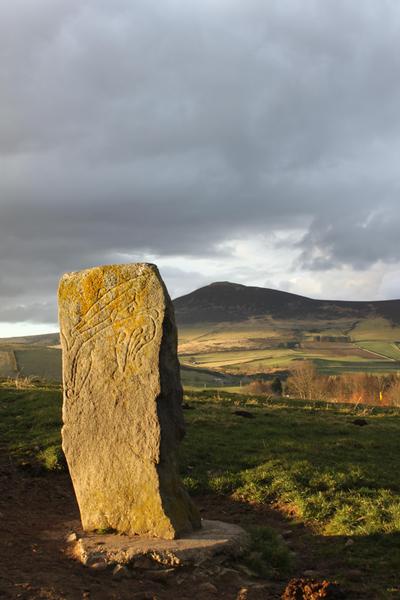Archaeologists are to dig deeper than ever before at one of the most important Pictish excavation sites ever uncovered.
The team from the University of Aberdeen is to begin digging at Rhynie, Aberdeenshire – a site famous for its impressive collection of carved Pictish standing stones.
Knowledge of the Pictish kingdoms, which developed between the 5th and 11th centuries, is relatively poor with the standing stones some of the only relics remaining of the once powerful people.
Rhynie boasts eight such stones, including the Craw Stone, which is thought to have been the centre point of an elaborate fortified settlement of the 5th-6th centuries AD.
“Since 2011 Aberdeen and Chester universities have been uncovering dramatic evidence concerning the stones at Rhynie”, explained project leader Dr Gordon Noble of the University of Aberdeen. “Rhynie derives from ‘rhynnoid’, which means ‘a very royal place’, which is fitting considering what’s been uncovered there over the last few years.
“After just two small-scale seasons of evaluation, it is clear how important this site is. It includes exceptional material including the northernmost European examples of Mediterranean Late Roman Amphorae (large, usually ceramic vessels, for carrying wine and oil) imports, which lie far outside the normal distribution of Mediterranean wares in Britain and Ireland in the early medieval period. The imports are of a type only found on high status, normally royal, sites in western Britain and Ireland.
“Other finds from the site include the only confirmed early medieval metalworking tongs known from Scotland and moulds for making precious metal objects – metalworking was another indicator of power in early medieval Scotland. The imports along with the presence of evidence for fine metalworking, suggest that Rhynie is an extremely unusual site, and illustrate a picture of long-distance contacts and a sophisticated Pictish power centre.”
The Pictish symbol stones remain something of a mystery as they have never been translated, with interpretations of their meanings many and varied.
The dig team will return to Rhynie on June 24 for two weeks to undertake further work on the archaeology of the village and the early medieval landscape. They will be focussing the excavation on two square enclosures on the outskirts of the village near where a number of symbol stones were found and could be associated with cist burials found in the village in the 19th century.
“This excavation will involve members of the public and students working alongside the University academics,” explained Dr Noble. “The community focus is of utmost importance this year and locals and visitors will be invited to attend a café event where they can see further information on the project and the artefacts. There will also be daily tours of the dig site, after school Pictish arts and crafts workshops, a souvenir exchange arts project and a public talk”.
A full timetable of activities and more information on the community projects can be found at https://www.facebook.com/pages/Rhynie-Woman/217380061719774


